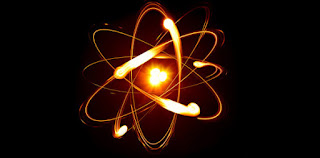A transition heat is the most
important characteristics of first-order phase transitions. Black was first who
discovered in 1762 that in the transfer of water to vapor, some quantity of
heat is absorbed, which he termed the latent evaporation heat. In spite of more
than the two-hundred-year period of the heat
transfer concept existence there are no analytical expressions relating the
transition heat with other parameters of phase transitions.
For example, the fundamental
"Physics Encyclopedia", articles devoted to the transition heat,
evaporation heat, and so on, comprises no formulae but only tables of
experimental data. One can also mention monographs which have no relationships except
for the conventional definition of the transition heat λ=TΔS.
Hence, obtaining the relationships between the
transition heat and other parameters of first-order phase transitions will be a
substantial contribution into the theory of first-order phase transitions. The conventional expression for a transition heat λ=TΔS has two substantial drawbacks. First,
in some phase transitions, for example, in evaporation, not only entropy
changes but a system does the work, which can only be supplied by an external
source of heat.


No comments:
Post a Comment